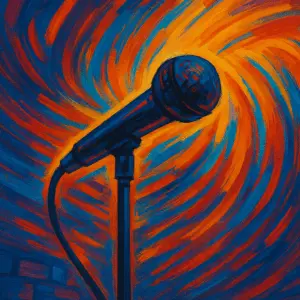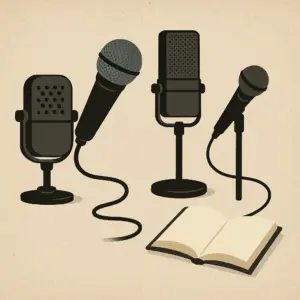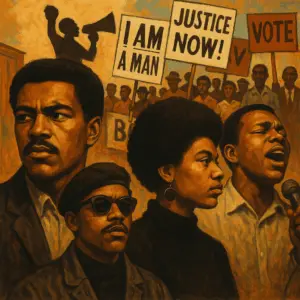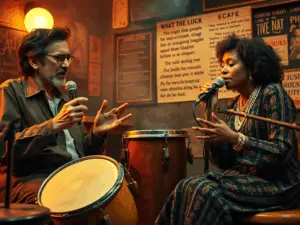We begin in Harlem, 1920s. Black writers, musicians, and thinkers are carving out a cultural renaissance. Langston Hughes, Zora Neale Hurston, Claude McKay — they turn jazz into rhythm, speech into poetry. Spoken word is being shaped in clubs, salons, and street corners.
What matters here? Pride. Pride in being Black. Pride in the vernacular. Pride in resisting the white gaze. They’re rejecting the idea that art must mimic whiteness to matter. The voice becomes both celebration and defiance.
This moment is still largely within Black spaces — the audiences are Black, the language is rooted in community, and the work pushes back against being silenced.
It’s not yet a global movement, but it’s gaining cultural weight.
Key Figures
- Langston Hughes – Defined the sound of Harlem poetry; blended jazz with narrative.
- Claude McKay – Brought militant voice to the movement; early Black nationalist voice.
- Zora Neale Hurston – Known more for prose, but rooted in oral folklore and Southern Black speech patterns.
Activities
- Metaphor Builder: In pairs, write a metaphor for Black pride or rebirth using everyday objects (“My voice is…”).
- Posture of Power: Create a frozen group pose showing pride, then speak a single word from that shape.
- Vocabulary Sculpting: Each member contributes one powerful word to build a shared mini-poem.




